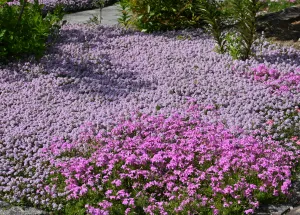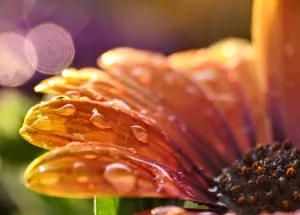
Waterwise Garden Tips
10 Water Saving Tips
Have a beautiful garden and use less water. Research shows that California's residents use up to 50% more water than they need to maintain healthy, beautiful gardens. Proper watering would not only conserve water and be more drought tolerant but actually improve the overall health of California gardens and landscapes.
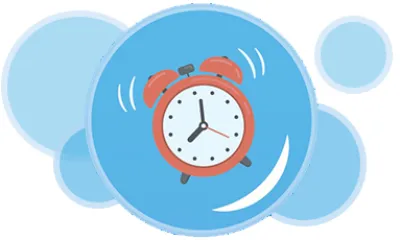
1. Water Early
Set automatic sprinklers to run in the early morning between 4am and 8 am. This reduces evaporation and will lessen the likelihood
of water waste from interference from winds. It also reduces plant
disease and water damage.
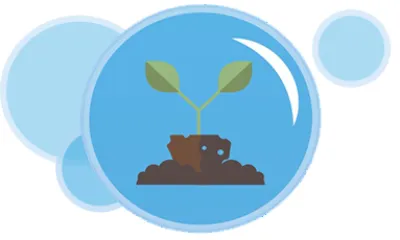
2. Mulch
Placing a 3-4 inch layer of organic mulch or rocks on the soil surface around
plants can save hundreds of gallons of water each year. This prevents water evaporation and also stops weeds from growing.

3. Repair & Adjust Sprinklers
Observe sprinklers as they run. Adjust them as necessary to reduce
over-spray on sidewalks, roads, and patios etc. Repair damaged
sprinklers immediately. Check pipes for leaks. Quick repairs and
adjustments can save as much as 500 gallons each year.
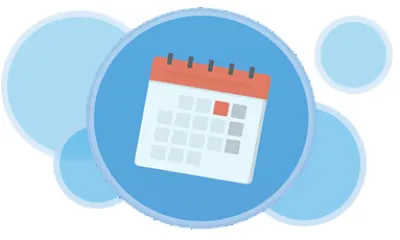
4. Water Deeper & Less Often
Your sprinkler should water every two to three days in the
warm months. Water until just before you see runoff. This encourages
water to penetrate down where roots can continue to access the water.
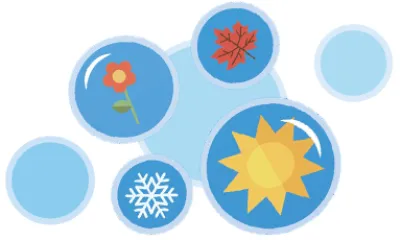
5. Change Watering Times with the Seasons
Adjust automatic systems at least three times a year. The highest
frequency will be July-October. Lowest will be November-March,
with April-June somewhere in between. During periods of rain, turn
automatic systems off.
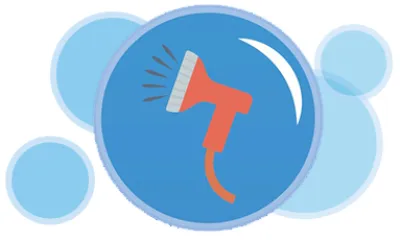
6. Use Trigger Sprayers when Hand-Watering
Every hose should be equipped with a trigger sprayer so water is not
wasted. Use when watering your pots, garden and even washing your car. Use
a broom instead of a hose to clean driveways and sidewalks.
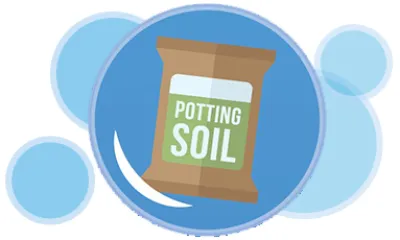
7. Minimize Water Loss in Pots
Use water-retentive potting soils in all container gardens. Add soil
polymers to your potting soil and planting time. Polymers store
water for plants' use as the soil dries.
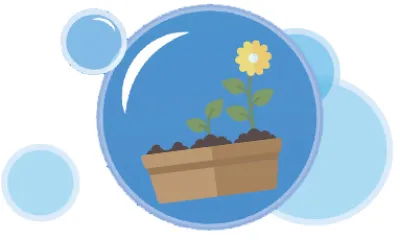
8. Add Compost
Adding compost to planting beds and pots will decrease the amount
water needed. Clay soils that are amended with organic matter will
accept and retain water and nutrients better. Sandy soils improved with compost
will have improved water absorption and retention and retain nutrients.
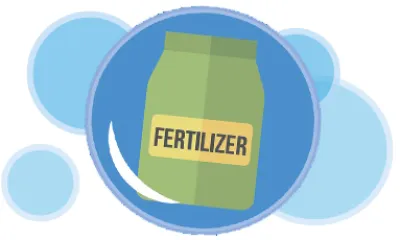
9. Use Organic Fertilizers
Organic fertilizers slowly release nutrients into the soil at a natural
rate that matches plants' needs. With a slow, even feeding there is no
overabundance of soft green growth that chemical fertilizers produce.
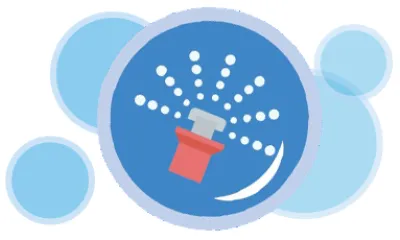
10. Install a Smart Sprinkler Controller
The latest technology can help reduce your water use (and your
water bill) dramatically. These wireless "smart controllers" activate
your automatic sprinklers via computer based on current weather
data and information about the specifics of your garden. Save up to
40 gallons or more each day using a smart controller.


